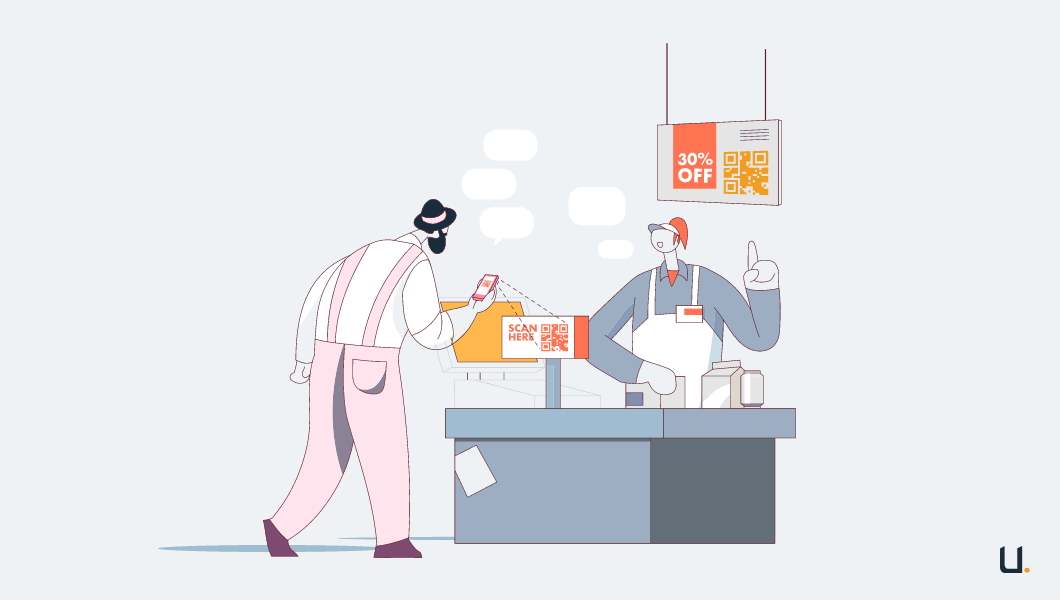
It’s easy to turn your iPad into a Point of Sale (POS) system. There are simple solutions for your company, whether you wish to use an iPad POS system your shop, restaurant, office, salon or on-the-spot gig. Everything begins by choosing the right machinery and app.
Initially tablets were introduced to close the unrelenting gap between computers and smartphones. The mobility of these tools was correlated with smartphones and laptop or computer processing capabilities. This agility made them an instant hit, with millions sold worldwide every year.
One of the biggest moves iPad took in corporate management is to conquer mobile point of sale (MPOS) as the favourite device for a cash register programme. 44% of all shops use MPOS and 79% are small to medium – sized enterprises like yours. Easy use is one of the most important factors in choosing a POS system, so iPads lead the way.
The power of a Cashier with a Tablet
Mobile app developers worked with hardware businesses like Square and Stripe to develop tablet integrated systems for the creation of an instant POS system . Today most tablets are very intuitive; even a child can pick up an iPad easily and play with it.
This mobility also has advantages for saving space. Small boutique owners need not waste considerable amounts of space on point of sale systems in their stores; they can simply take the tablet with them. They can use the same device to show their customers different clothing options and take all the relevant information from the customer while they shop. And once the customer has shopped, payment can be processed instantly.
Don’t be Afraid
Set up a Seamless POS Systems
Take for example Apple Pay, it’s now even easier for customers to pay for their purchases in an instant. Stores and service providers with tablets as their POS system can use devices from Square – which accept Apple Pay, to enable their customers to pay effortlessly while shopping.
Most small companies on the main road had no computer network because it was not necessary at the time, and it was too expensive to afford the average mom and pop shop.
It makes sense for small businesses and retailers to adapt to their mobile retail strategies by using tablets as their POS systems. They can be used for several other features that exceed the usual terminals, including their ability to convert them into menus, brochures or portfolios.
The Myriads of Tablet POS systems
You must look at your own business and identify your specific needs before you can judge one system over the next. After all, if you have one system and you buy it only for a subset of your POS needs, you may regret that decision.
Conduct your own research. What works for another company may not work for you – although it’s the same industry. Nobody knows the company better than you! Sit down and list the nice and must-have features and use this as your starting point.
What Constitutes a modern iPad POS System
The Tablet Hardware: without the actual iPad, you can’t have an iPad cash register. Other POS providers will also provide an option to buy an iPad, or you can bring your own device (BYOD) with you.
POS App: The POS App is the brains behind the entire procedure. It calculates the sales, stock tracks, hours of staff , customers, sellers and so on. Your hardware would be useless without the POS software.
The Cash Box: Without a cash drawer no cash register or POS system is complete. People still use cash, and during each change you need a secure location to store it.
A Thermal Printer or SMTP email: Although e-mail receipts are becoming increasingly popular, many small companies and their customers still prefer thermal paper receipts rather than the digital version.
A barcode scanner: Depending on your company’s nature, a bar code scanner is more an option than an essential one. Retail stores use a barcode scanner more often, because all of their items have UPC codes and literally there are thousands. It takes more time to search and manually enter each item at the checkout. In comparison, a cafe or a bakery may not use one because most of them sell fresh products that do not have UPC codes and appear to be much less than a retailer’s inventory.
Payment Processor: You will need to accept credit cards , debit cards and gift cards, like most companies. The best way to do this is to incorporate these payments into your iPad sales point system without creating a accounting nightmare. So ensures that your POS can compensate for all types of payments for reconciliation and breeze reporting.
In conclusion, imagine that you can use one device to show your work portfolio, collect the client details and finally receive payment and generate an invoice and mail it to the customer in one meeting at the same time. It eliminates so many hurdles from a deal, which reduces the transaction time to virtually zero.

